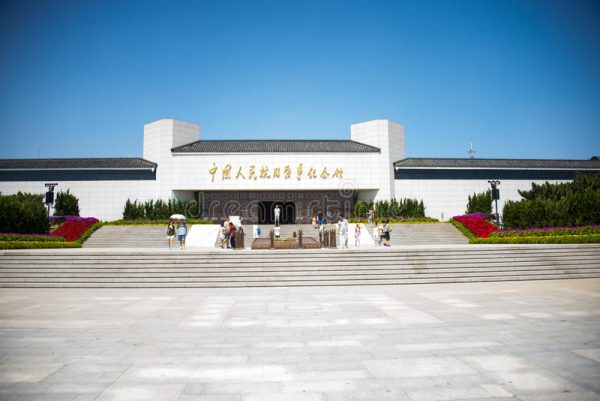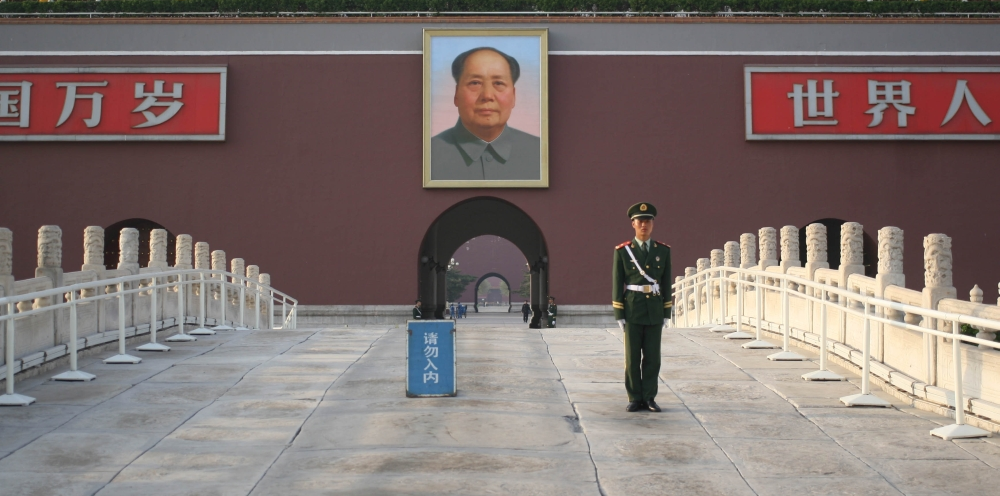Museum of the War Against Japan

Or, to give it its full name, the Museum of the War of Chinese People’s Resistance Against Japanese Aggression. From the Marco Polo Bridge Incident, which occurred near to where the museum is situated, to the fall of Japan in 1945, this museum covers it all.
If you’ve spent any amount of time in China you can be forgiven for thinking that there’s a few too many anti-Japanese dramas on TV and Chinese people mention the war a little more than you’d like. But it may be understandable due to the history. The most interesting thing about it though is the very calculated move to emphasise the CCP’s opposition to Japan from the time, and move slightly away from attacking the Nationalist Party and Taiwan, because hey they’re all one country.
Tunnel Warfare Museum
The Memorial of Jiaozhuanghu Tunnel Warfare site is a fair distance from Beijing proper, out further than the airport even, but it details the local people’s struggle against the Japanese using the tactic of tunnel warfare.
You may have been to the Cu Chi tunnels near Ho Chi Minh City, and Jiaozhuanghu is not nearly as impressive, but likewise you can still test the tunnels out for yourselves, and learn about the traps and ingenious ways the local people resisted the Japanese. As a special treat, you can eat a meal of corn bread, cornmeal porridge and pickles, the only food available to people at the time.
Museum of the Chinese Revolution
Officially now called the National Museum of China, this museum houses both the Museum of the Chinese Revolution and the National Museum of Chinese History.
It has an impressive array of ancient Chinese history on show, but that’s not why we’re here eh? The Museum of the Revolution takes us through Chinese history from the founding of the CCP in 1921, through the Long March, the Yan’an period and the civil war, as well as of course a lot of Second World War stuff, through the founding of the People’s Republic of China and up until today.
It doesn’t say much about the Great Leap Forward or Cultural Revolution, but explains a lot about collectives and the People’s Communes, and is a great way at seeing the official CCP view of the revolution today.
Beijing Military Museum
The Military Museum of the Chinese Revolution is just awesome. It has a huge amount of exhibits from ancient Chinese warfare through to the Opium Wars, the war against Japan, the civil war with the Nationalists, and of course the Korean War – the ‘war to resist US aggression and aid Korea’.
This is one of the best bits for us, with even more captured US equipment on show than there is in Pyongyang!
Mao’s Mausoleum and Tian’anmen Square

It’s right in the centre of Tian’anmen Square, right in the centre of Beijing, and it’s the best political sites because it’s just so different.
True, you might have seen Kim Il Sung and Kim Jong Il in the Kumsusan Palace of the Sun, or Uncle Ho in Vietnam and of course Lenin in Moscow, but we think Tian’anmen Square provides the best setting of any of these mausoleums. It’s quick, though you have to leave electronic equipment in lockers outside the square, and you may have to queue for a while on one of the mornings its open, but it’s the most simple way to see the veneration of the old leader amongst the Chinese people that still lives on today.






